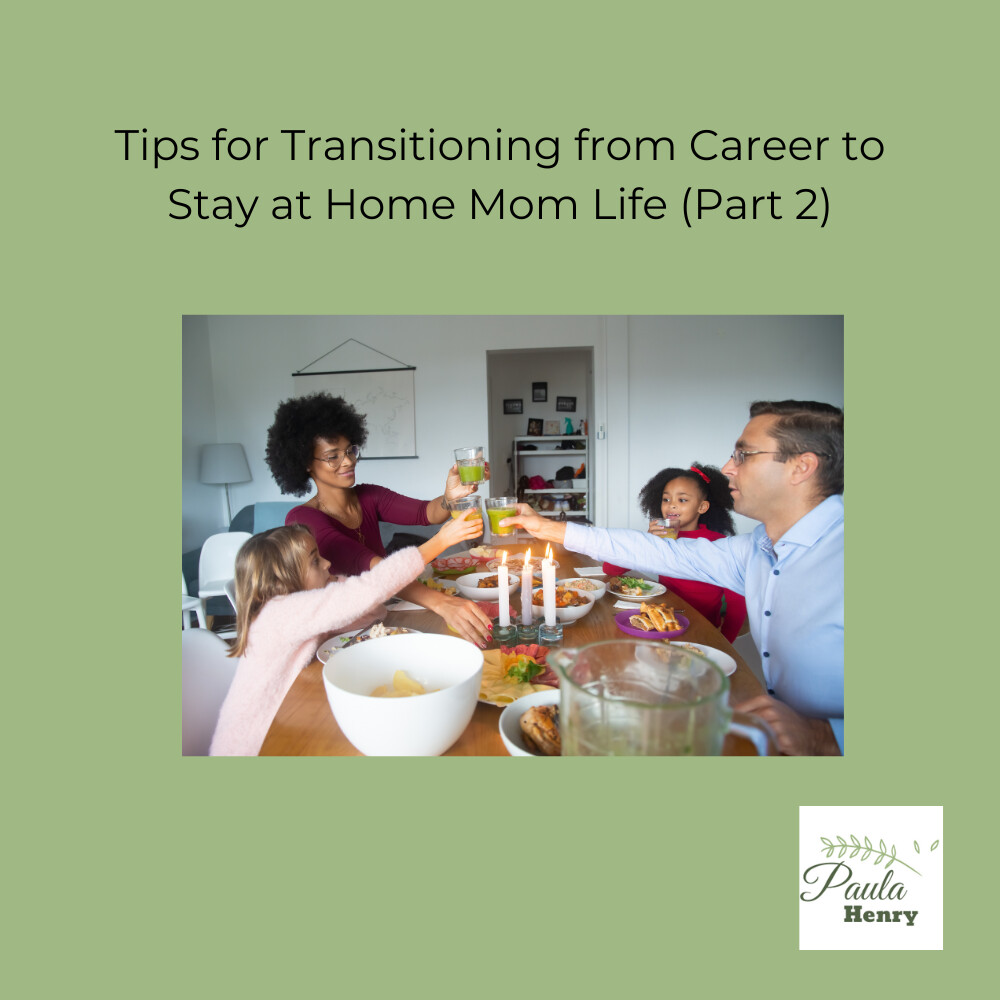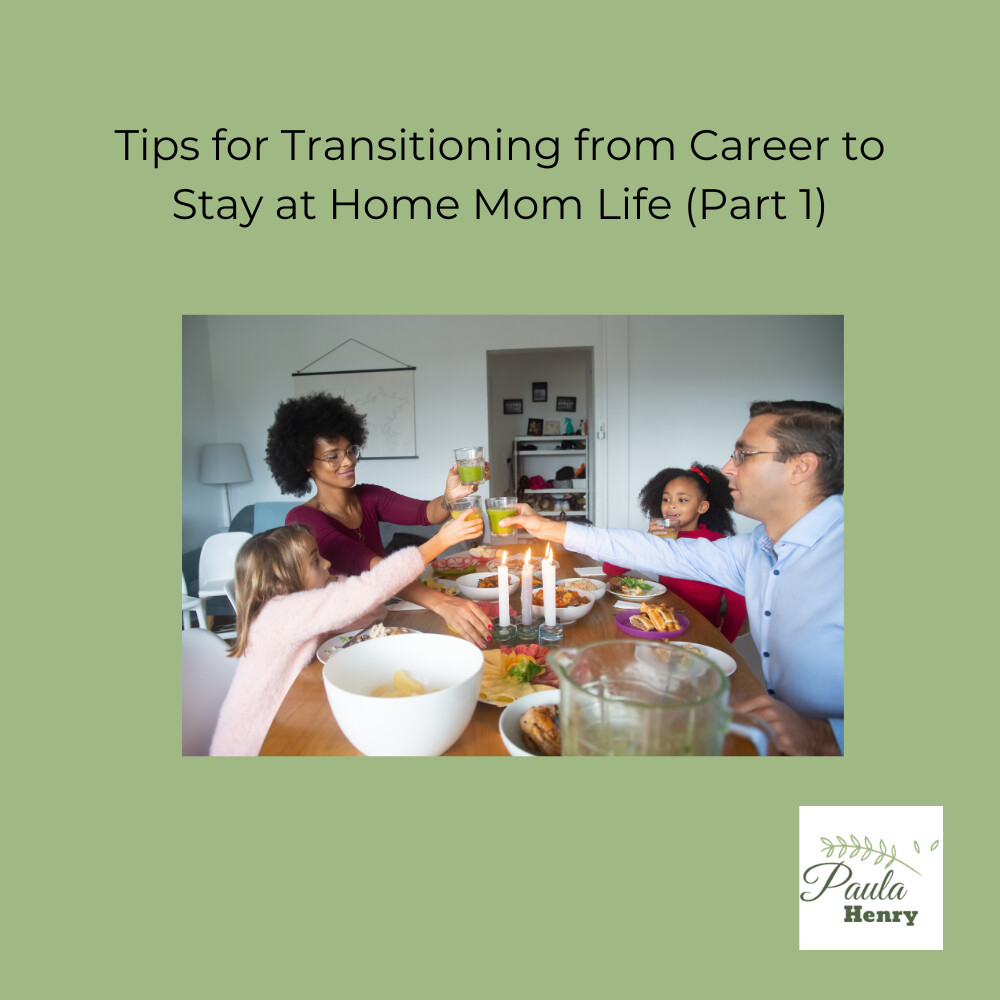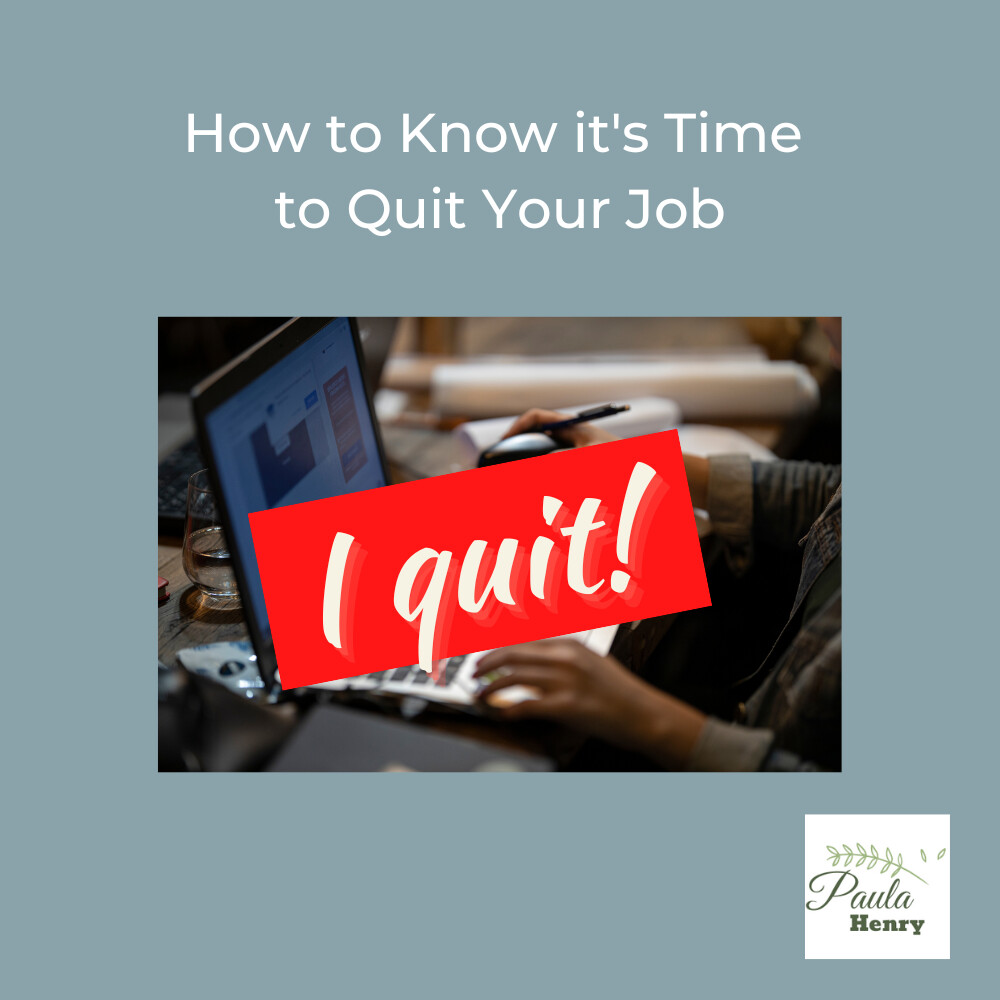

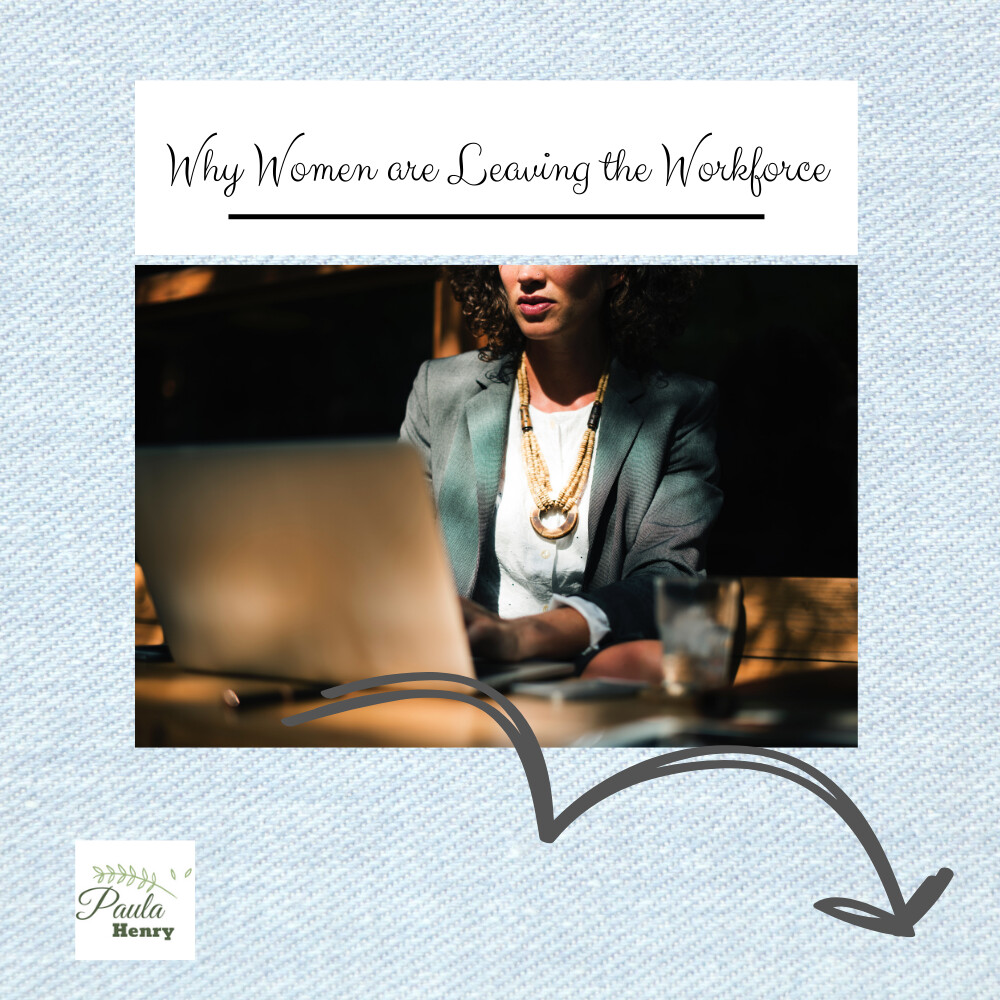
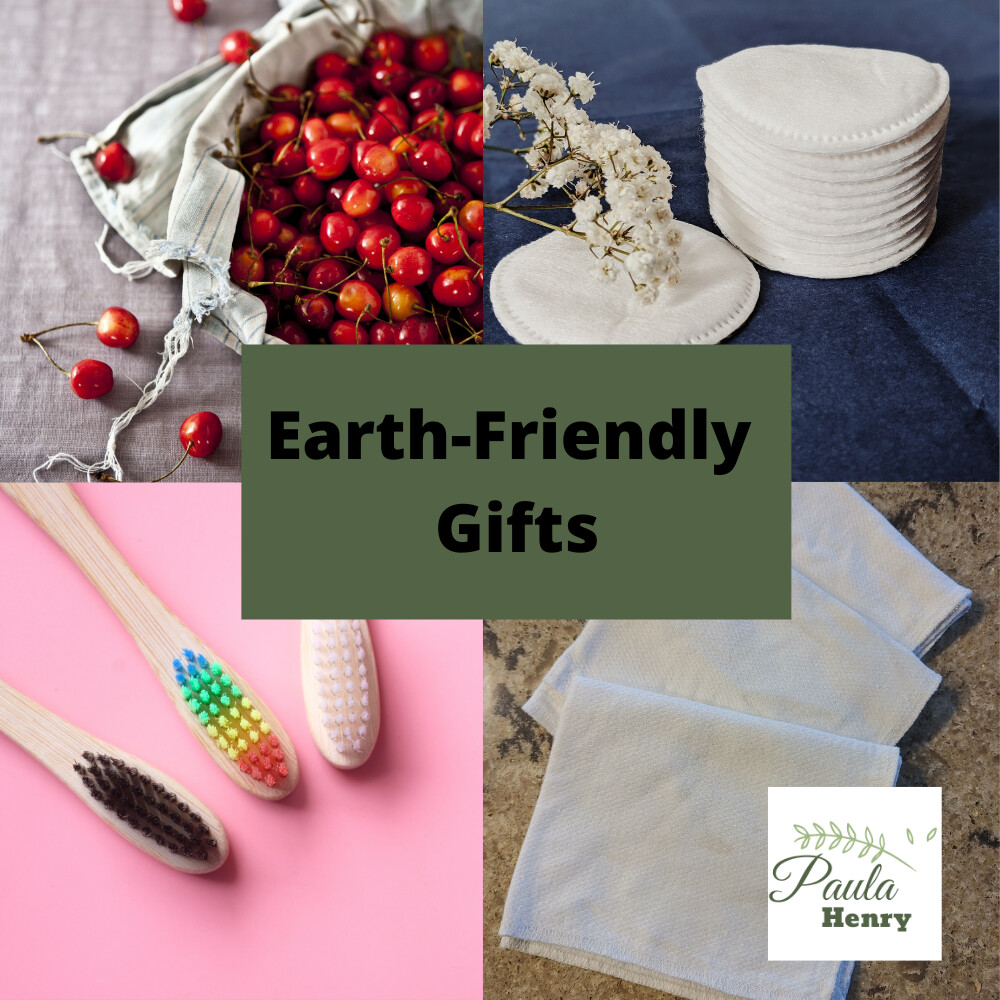
Here are a few of my favorite options:
- Reusable cotton rounds. These are great for cleaning your face. Just squirt on some of your favorite face wash or wet them and apply soap. Rinse after use and then throw in the washer and dryer. The ones I have, I have used for over a year and they are in great shape. To keep tabs on them as they go through the wash, it’s best to put them in a lingerie bag.
- Bamboo toothbrushes. Use these as stocking stuffers or gifts for Hannukah. Bamboo is a much more earth-friendly material than plastic to make toothbrushes, so introducing someone to a bamboo toothbrush is a fabulous idea.
- Reusable produce bags. This is my all-time favorite gift. Grab a set of 5-10 bags and that will set someone up for shopping success. Choose a set made from cotton to be the most earth-friendly option. They can be thrown in the wash and when they’ve reached the end of their usefulness, they can be composted.
- Beeswax food wraps. Although you can make your own, finding someone who makes these locally alleviates the work and supports a small business. If you can’t find someone locally who makes them locally, look for a seller on Etsy.
- Zippered silicone bags. These help to replace the single use version that often go straight into the garbage after being used once. I have several versions of these and they are all fantastic. Different sizes help to accommodate different foods and these are perfect for adding to school or work lunches.
- Reusable cloth napkins. The ones that I use are from a seller on Etsy. They are made of two-ply diaper material and are super absorbent. We’ve been using the set I have for at least 5 years and they look practically brand new. These go straight through the washer and dryer and require no ironing.
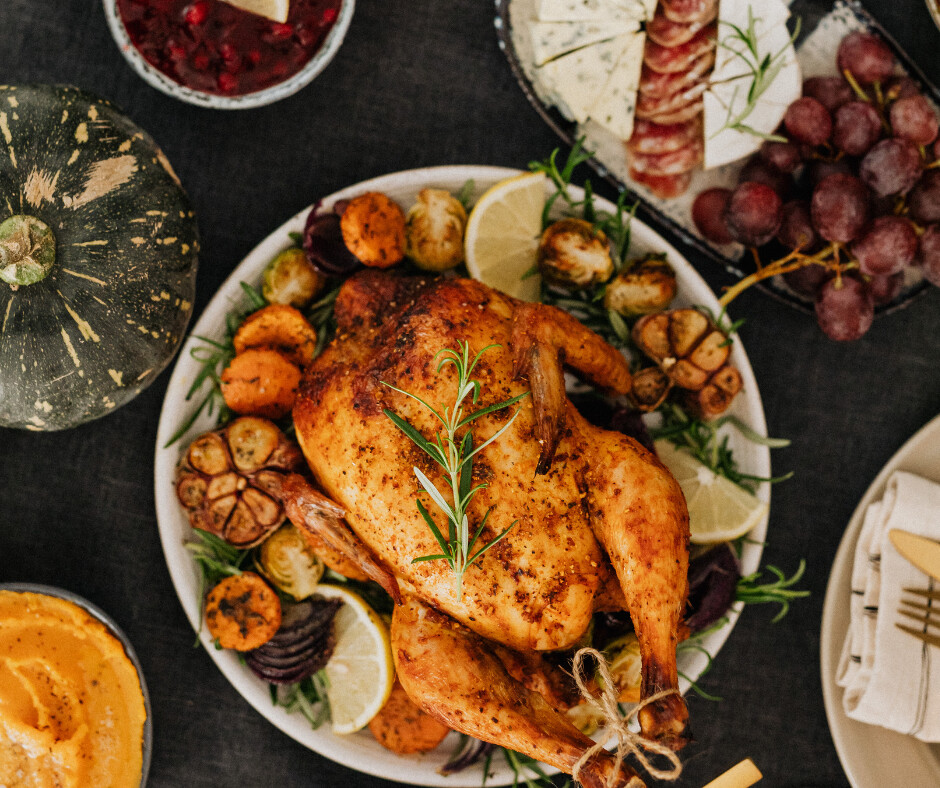
- Purchase products in glass and metal containers that can be recycled. There are lots of foods that are easier to purchase than make. I get it. I used to try to make my own gravy but after not being successful for too many times, and since only a few of us actually eat it, I have opted to purchase gravy. I make sure to always purchase it in a glass jar. Glass can be recycled, so I’m taking a small step to be more earth-friendly in that regard.
- Make turkey broth from the turkey carcass. I know more than a few of my friends who talk about wanting to cry when they visit family and they see the carcass going straight into the trash. I have learned over the years to make broth from either turkey or chicken and freeze it, and I have found it to be quite simple.
- Use reusable containers to store leftovers. We used to set a box of zippered plastic bags next to the leftovers to store them but have learned over the years to embrace the reusable containers. We even have some that go in the freezer, so we use all that we have.
- Freeze some leftovers to reduce potential food waste. Estimate how long the family will tolerate leftovers for meals and then freeze the rest. One of the things I do is to chop up leftover turkey into 2 cup portions and freeze. The 2 cup quantity is perfect for adding to casseroles. Make sure to label the turkey and add a date so you know what it is and when it went into the freezer.
- Make your own pies rather than purchase pre-made pies to reduce the amount of trash. Buying premade pies is really convenient, but between the box and the foil pie pan, it can result in a lot of waste. Instead, consider making your own pies and using reusable pie plates. I’m not one to make my own crust, so I purchase that premade, but otherwise, it’s homemade. Perhaps I should call it home assembled instead.

Carving pumpkins to make Jack-o-lanterns for Halloween is a long-standing tradition, but from an environmental perspective, there are some concerns. For one thing, pumpkins take a lot of water and pesticides to grow. For another thing, they are often disposed of in the landfill after their time of usefulness is over, leaving them to rot and emit methane.
But, all is not lost. What if we could have some good come out of our favorite gourd?
I know lots of people who toast the pumpkin seeds to eat later. That’s a great first step in putting to good use material that would otherwise be thrown away.
As far as what to do with the pumpkin after Halloween, there are many options besides throwing it in the landfill.
Whether you are composting, leaving it out for wildlife or donating it to a farmer or animal sanctuary, it’s good to encourage your neighbors to do the same. You could offer to collect up some of the pumpkins and deliver them together to their destination.
Make sure to plan ahead. If you are planning to choose any of these options, make sure that you don’t put anything on the pumpkin that would be toxic to wildlife. Do not spray bleach or any other toxic substance in or on the pumpkin.

I Already Use a Reusable Water Bottle, What Else Can I Do to Reduce Single Use Plastic for Beverages
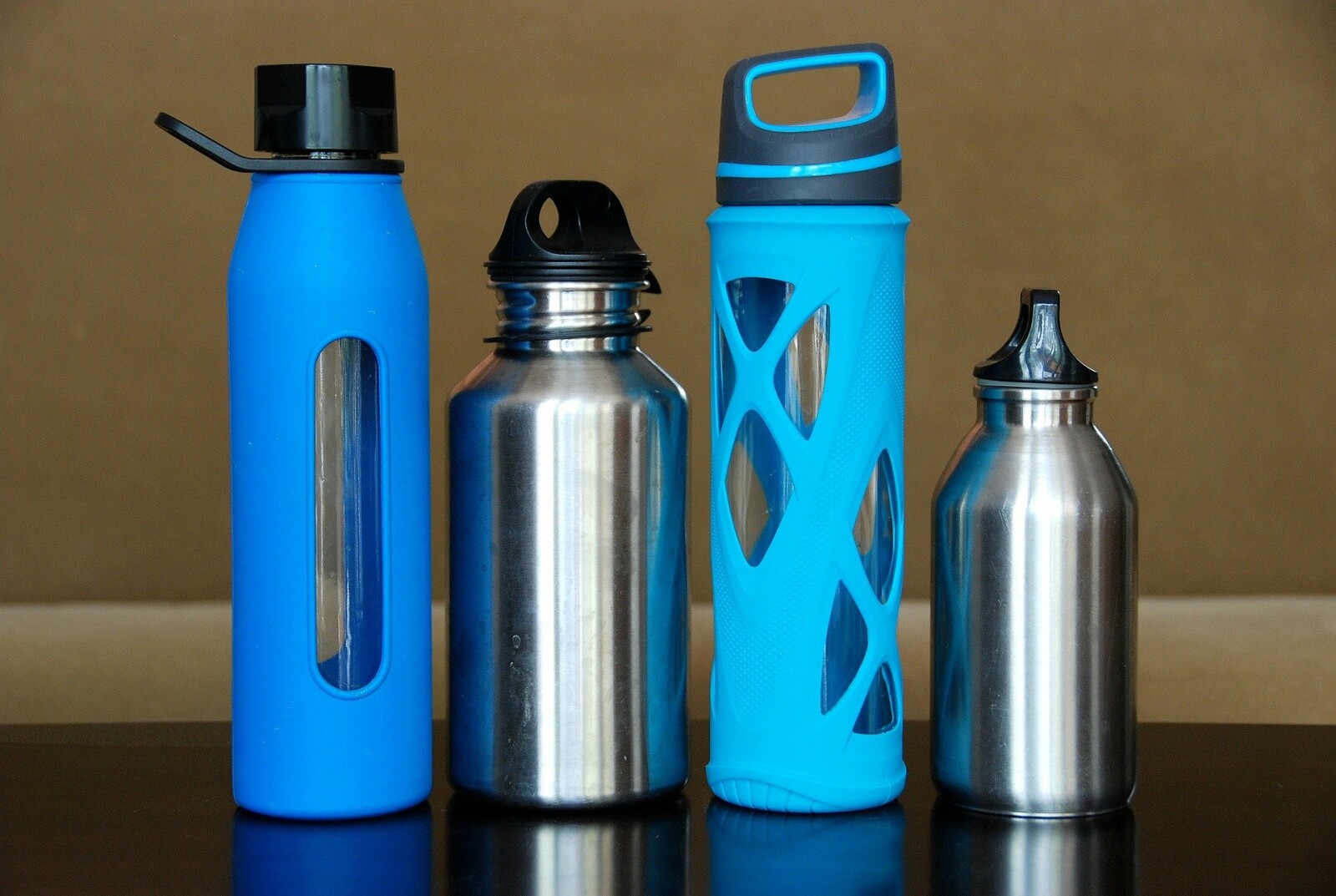
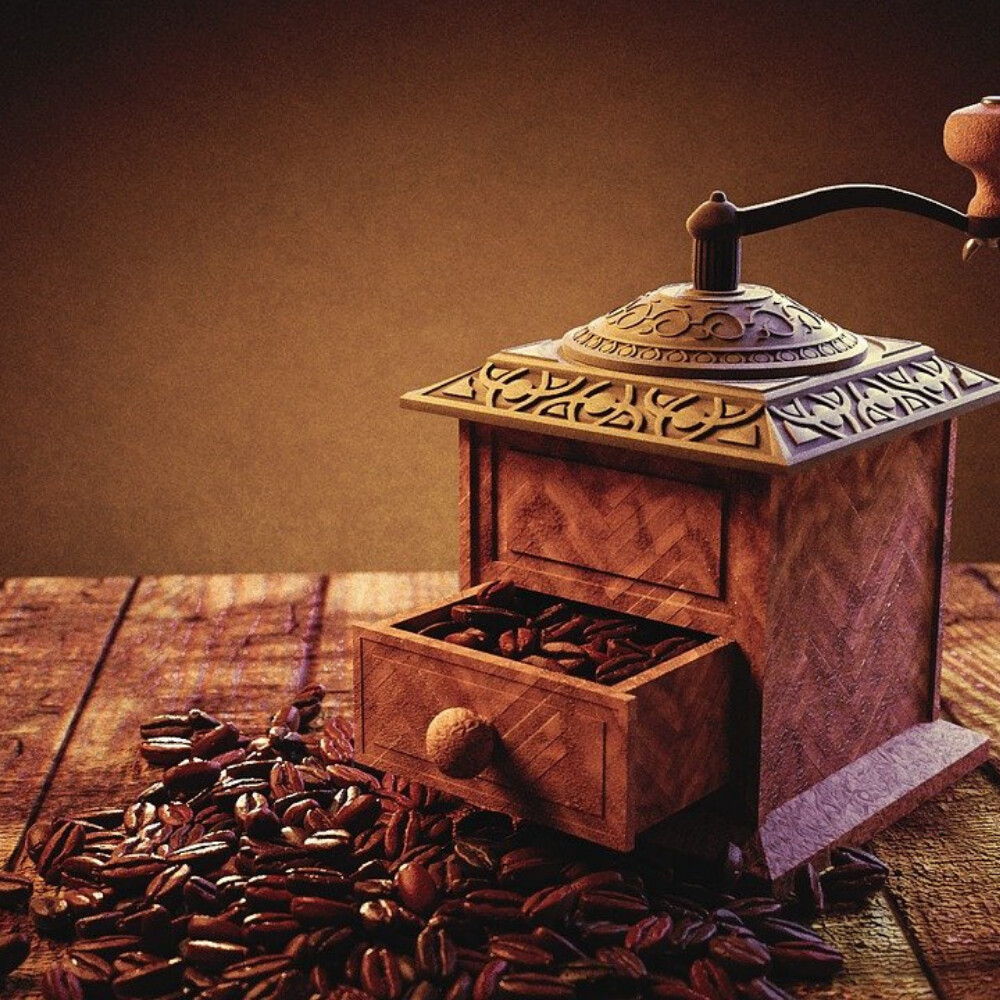
For those who drink coffee on a regular basis, you can quickly build up a supply of used coffee grounds in as little as a few days. You can certainly throw those used coffee grounds in the trash or your compost pile, but why not put them to a second use around your house first. Here are a few things you can do with them:
No matter what you do with your coffee grounds, know that they can be put to all sorts of different purposes. If you’re already drinking coffee, you might as well find another use for them since the additional application of them is free and could save you money by not needing to buy other things like plant fertilizer and ice melt.
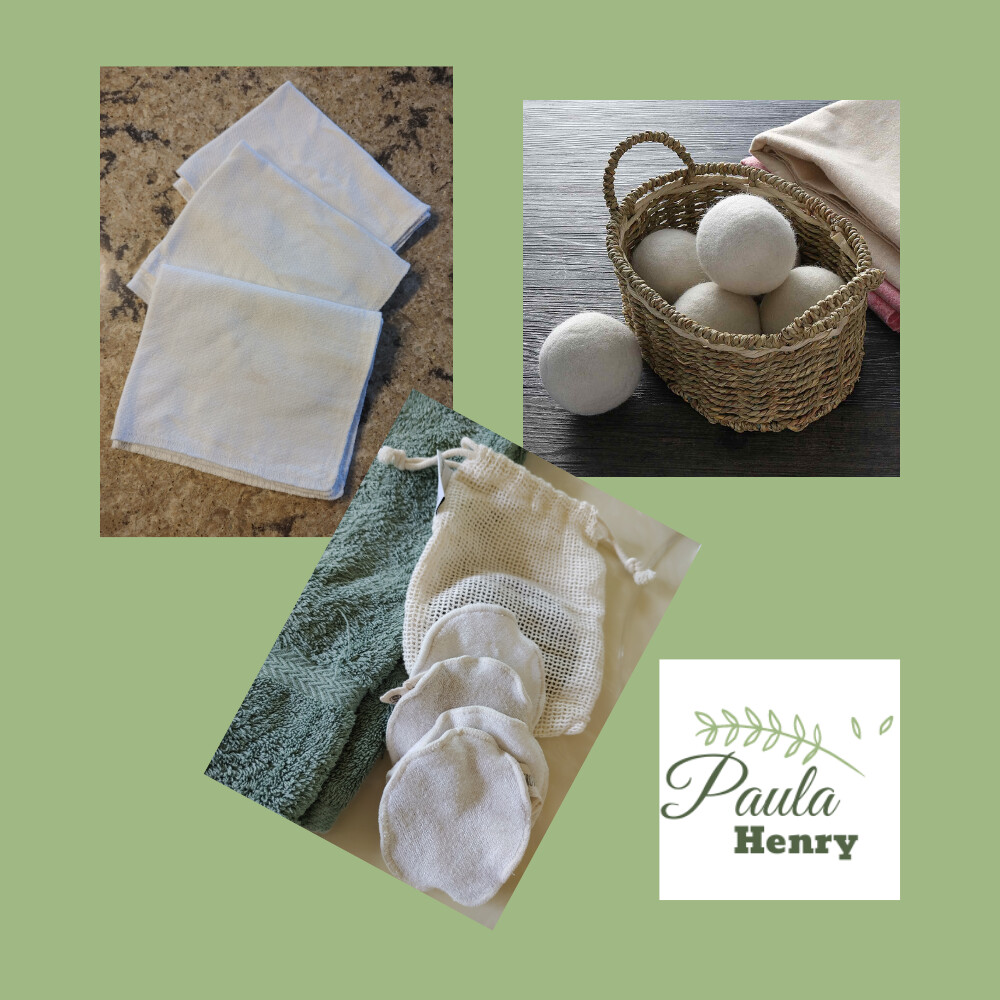
- Drop your drying temperature down a notch.
- Drop your drying time down a smidge.




